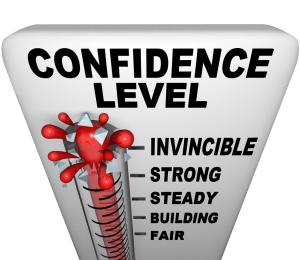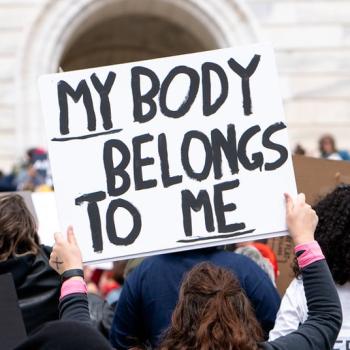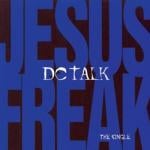I remember it like it was yesterday: the knowledge that I possessed an uncommon understanding of the world – past, present, and future – that set me apart. Years of studying theories and assumptions and opinions as though they are facts tends to do that. They make you feel confident that your paradigm encompasses All Truth.
For example, I knew – not “believed,” but knew – that the earth is young. That the first human was named Adam. That manna fell in the wilderness for precisely forty years. I knew that God knows the actual number of hairs on my head. That he selected our president and put him in power. I knew that Jesus will return in a dramatic way someday and judge me worthy of eternal life.
Looking down on the world from this vantage point (make no mistake, we in our certainty look down), it’s no wonder we feel perfectly at ease saying things like (I’ve heard every one of these):
- You obviously don’t want to hear the truth and have hardened your heart.
- Please know that I HAVE prayed for you.
- God loves you more than you know.
- I hope God will reveal the truth to you.
- (and my personal favorite) I fear that you may not actually be saved.

These statements, and a million others like them, betray an utter denial of any possibility that the speaker may have something to learn. That is what evangelical certainty looks like.
Evangelical certainty announces: “I have the mind of Christ. I believe in Scripture itself, not interpretations or man-made doctrines. You can’t improve on what I’ve got, so there’s no need to shop around, no need to doubt.”
(Commercial: if you question “business as usual” in Christianity – or want to question it – subscribe to my newsletter, and we can journey together!)
I thought that I’d put my belief system to the test over the years, and it had passed with flying colors. What I actually did was revisit the doctrines I’d been raised with, hold them side by side with the Bible verses that supported them, and found they agreed with each other. Of course they did – they were designed that way. That’s confirmation bias, but I considered it vindication: faith challenged and triumphant.
I used to consider myself blessed with the gift of being immersed in the True Faith from birth. A day came when it became crystal clear to me that conservative, evangelical Christianity is deeply flawed (someday I will write about it – even after eight years, I’m still healing).
Now I consider myself blessed with the gift of doubt.
That day when I said, “I can’t deny any longer that something is wrong with this belief system,” was the day I took responsibility for my faith instead of letting others tell me what I must believe.
That day, I began to hold up those doctrines I’d been taught side by side, not with Bible verses that agreed with them, but with verses that contradict them. Evangelicals run the other direction when you ask them to do this, essentially declaring, “I know what I know. Don’t try to confuse me with the facts.”
Evangelical certainty enables people to reject any Scripture interpretation besides the one they already believe know. Again and again, as I have challenged evangelical teachings, I’ve been called a heretic or a hell-bound false Christian (once I was even called the bride of Satan, lol).
There is no nuance here, no space for diversity of thought – no space for thought at all. Only for compliance.
(If you are energized by challenges to the evangelical status quo like this, you’d enjoy my blog. Sign up for my free newsletter here!)
(If you would like to comment, please pop over to my Facebook page. All of my posts are there and open to constructive comment! I welcome your thoughts. And don’t forget to subscribe to my newsletter!)
MORE GRACE COLORED GLASSES CHALLENGES TO EVANGELICALISM:
- Epic evangelical self-assurance around abortion
- Deconstructing more evangelical gun myths
- “Guns don’t kill – sin kills”?
- “Evangelicavision”: the ability to see in Scripture what’s not actually there
- My U-turn from evangelical to LGBTQ+ affirming
- The trap of being an A+ Christian (and how to escape)
FEATURED IMAGE: “Thermometer – Confidence Level” by hang_in_there is licensed under CC BY 2.0.













